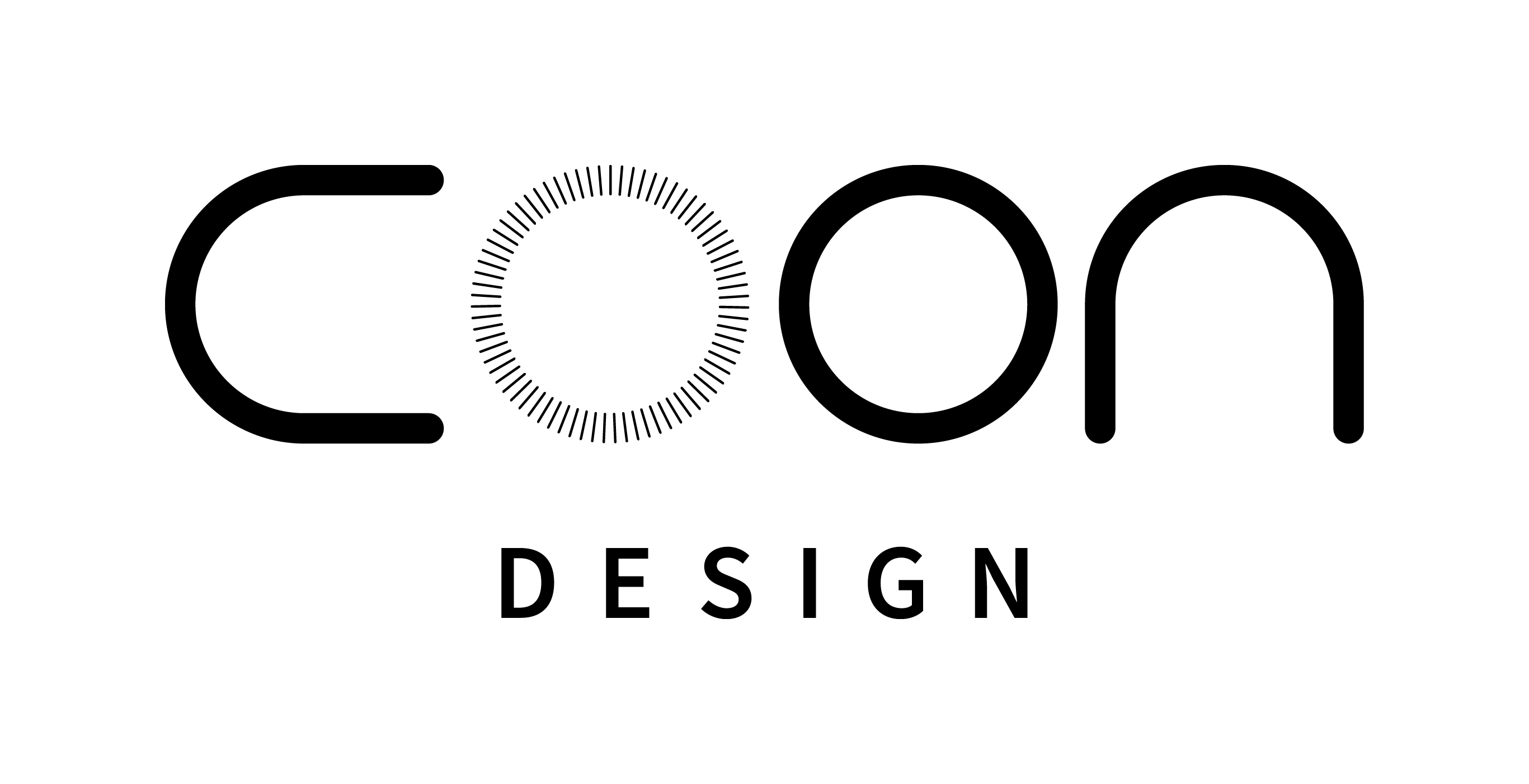hics in a Style Text Book – Can Graphics Make You Know Better?
What’s the best way to make utilize of the artwork within a mathematics textbook? I realize that my physics text book contains graphics of satellites and rockets. I also have pictures of teak wood chips with arrows. I enjoy this artwork since it presents advice about the topic available, however that I would prefer the images to be original and also not removed out of the media. My textbook also has an illustration of the Rocky Mountains. They are in bloom, and snow is falling. The images are wonderful, and I like how the subject is presented. However, I would like to see images that relate to the topic of the text better. Another issue I have with the earth science textbook I use is the lack of proper sizing. Images are often stretched to fit into the page or to create a stunning graphic effect. Images are displayed in a small size and then enlarged in some other place. In my opinion, I want to see the larger image, no matter how I have to resize it. https://msu.edu/course/tc/243/Photo%20Essay%20Analysis.html The images in my textbook should be sized according to the subject matter, not just how it looks when it appears in the book. It doesn’t make a difference what subject area you’re analyzing inside the earth science fiction. The graphics may be used in different sections for encouraging data. I have observed examples for the genesis of asteroid strikes and the solar system. These images are loved by me, but I am not sure how exactly to connect them in your own topic. Images in the book can be used for describing the subject, however, it is best to see the actual image. Images in science textbooks are sometimes difficult to understand, even for me. I like looking at the actual illustration in a bigger size so I know what the photograph represents. If the image is full-sized and not easy to read, I cannot fully understand it. The earth science textbook I am using is not the best one for images. I am not even sure why they have this image. Some people might not understand how it relates to the topic at hand. They are too large and it is hard to see the subject of the illustration. Images are included in the content text and I like this arrangement. I don’t always understand what is going on in the images. In the world of education, we are all learning at different speeds. Some subjects are easier to grasp, and this is why these images are included. This is not the case with all textbook authors. A lot of authors do not understand how images can help students learn. As a result, I think it is important for scientists to consider making more images available in textbooks. Scientists must understand the impact that visuals have on students. For example, evolution has long been controversial. When many students study evolution, they have a hard time connecting the evolution of species to living organisms. After all, a lot of changes occur in species. The images in textbooks can help students view the process from beginning to end. These images can also inspire students to do their own research to learn more about the subject. The most difficult part of incorporating images in textbooks is putting together the content, meaning we have to include a good explanation of how images relate to the topic. The images in the earth science textbook I am using have already been turned into an animated GIF. I was able to download this image and watch it as I read the entire text. The GIF has the entire caption of the image, which was very helpful for me to get used to the concept. Images are an effective way to teach students new concepts. Students will see a visual instead of reading text. I learned a lot from watching this GIF. However, it is not the best one for a textbook, but it is still a decent enough image to incorporate in the textbook.
